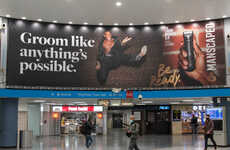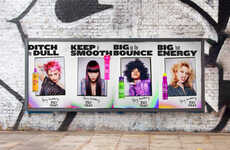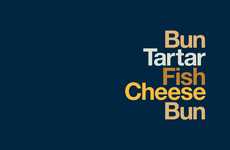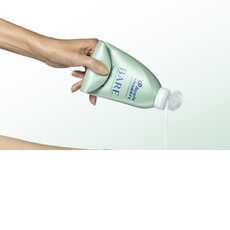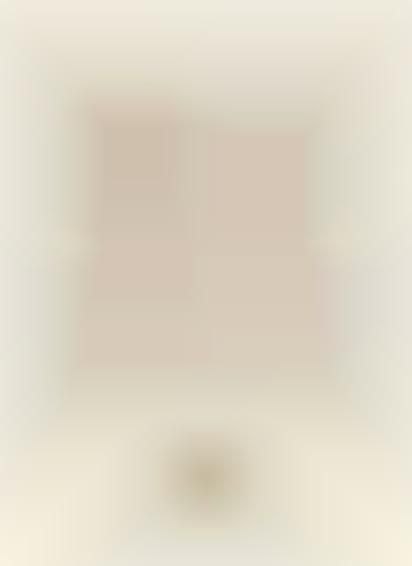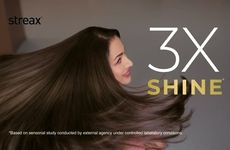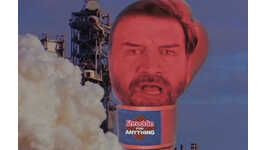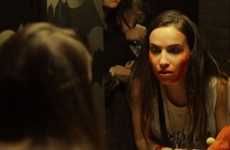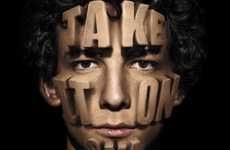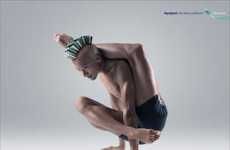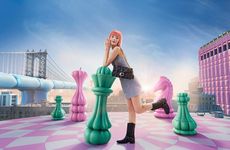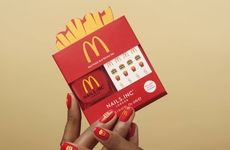
'Lose the Myth, Keep the Hair' with the Clear Anti-Hairfall Shampoo
Meghan Young — July 31, 2013 — Marketing
References: lowesingapore & ibelieveinadv
The print used for the Clear Anti-Hairfall Shampoo ad campaign is slightly hard to read for a reason. Instead of clear fonts, it uses a clever typography revolving around the balding heads of men. Considering how different each person balds, it is not surprising that the letters don't look so strange. Each print ad addresses a ridiculous myth, but the campaign reads, "Lose the Myth, Keep the Hair."
The Clear Anti-Hairfall Shampoo ad campaign was conceived and executed by Lowe, an ad agency based in Singapore. It was art directed by Alex Tan and Ang Sheng Jin with creative direction by Joseph Cheong, who also provided the copy. The images were illustrated by artist Richard Wilkinson.
The Clear Anti-Hairfall Shampoo ad campaign was conceived and executed by Lowe, an ad agency based in Singapore. It was art directed by Alex Tan and Ang Sheng Jin with creative direction by Joseph Cheong, who also provided the copy. The images were illustrated by artist Richard Wilkinson.
Trend Themes
1. Typography Reimagining Advertising - The use of unconventional typography in advertising campaigns presents an opportunity for brands to grab attention and engage with audiences in a unique way.
2. Personalization in Marketing - Customizing typography to reflect individual characteristics allows brands to connect with consumers on a deeper level, fostering a sense of personalization and relatability.
3. Challenging Stereotypes Through Design - Using typography that challenges traditional notions of beauty and societal norms creates a space for brands to explore diversity and inclusivity.
Industry Implications
1. Advertising - The advertising industry can leverage innovative typography techniques to create visually compelling and impactful campaigns.
2. Beauty and Personal Care - Personalized typography designs can be utilized by beauty and personal care brands to communicate the uniqueness and individual needs of their products.
3. Art and Design - The use of unconventional typography in art and design opens up opportunities for experimentation and pushing the boundaries of creative expression.
0.5
Score
Popularity
Activity
Freshness

